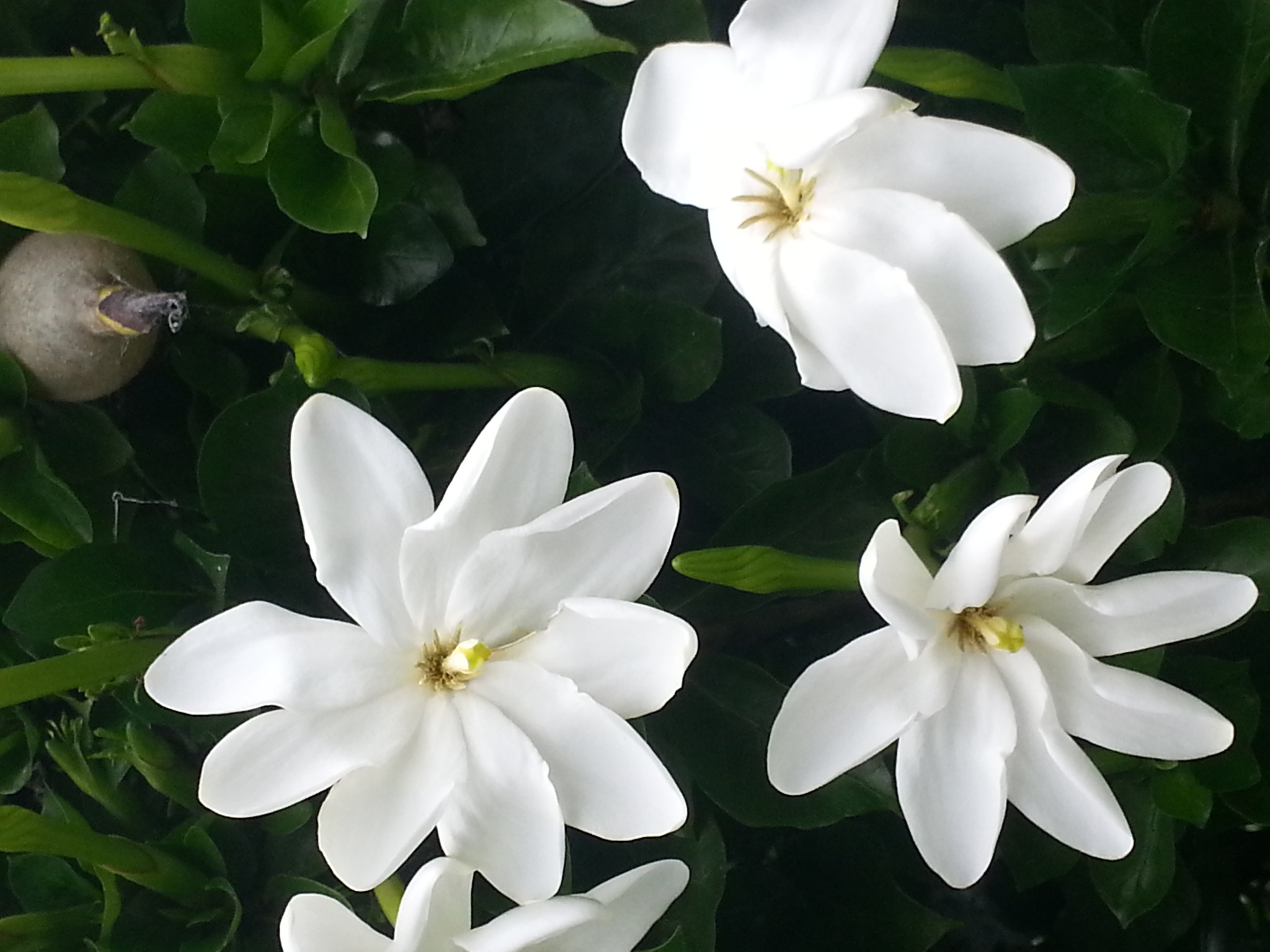
Mostly a shrubby plant to about 5 m or so tall but may grow much larger. Leaves elliptic to lanceolate, 5-10 cm long, 1-3 cm wide, the midrib and lateral veins pale, sometimes reddish. Domatia generally present at vein junctions on lower surface. Flowers mostly 2-4 together, each less than 4 cm wide, sometimes flecked with pink in the throat, about 2.5 cm long, 3.5 cm wide, solitary or in 2-4s; Aug-Nov. Fruit round, about 2.5 cm wide, hard and with a persistent calyx. [Gardenia globosa Hochst.]
S Africa
The powdered roots are used to treat leprosy.
Both R. capensis Thunb., Candlewood, and R. fischeri (K. Schum.) Bullock, both from S Africa, are occasionally available: they have solitary flowers more than 5 cm wide, the former with reddish markings inside the throat, the latter with red markings outside the throat.
Source: (2002). Rubiaceae. In: . Horticultural Flora of South-eastern Australia. Volume 4. Flowering plants. Dicotyledons. Part 3. The identification of garden and cultivated plants. University of New South Wales Press.
